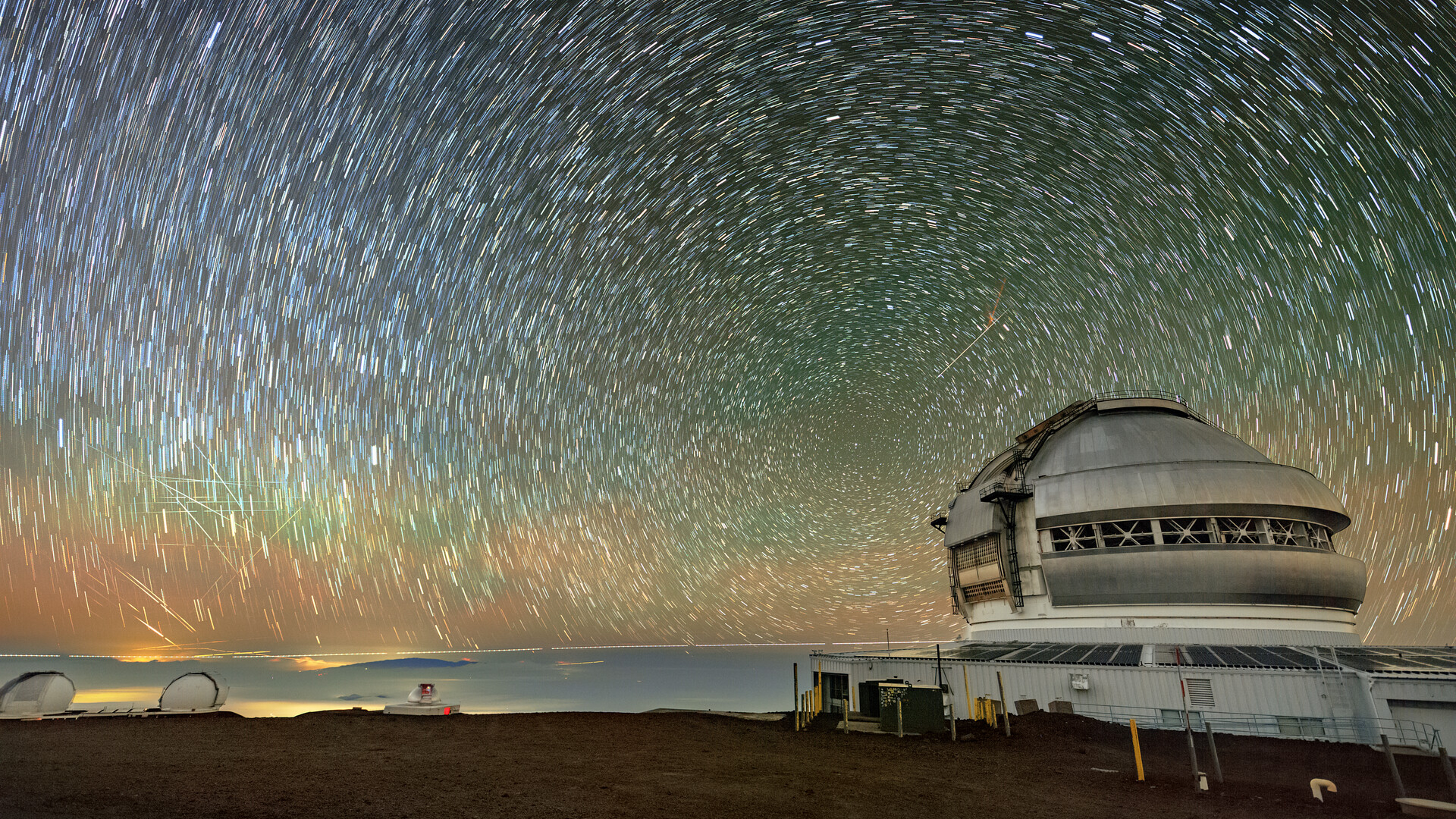Soyuz, Vega Flights from French Guiana Set for 2011
Thefirst flight of the Russian Soyuz rocketfrom South America will occur in early 2011 and Europe's smallersolid-fueledlauncher will not debut until at least the middle of next year,according toArianespace's chief executive.
Speakingto Spaceflight Now last week, thelaunch services firm's top manager said the Soyuz launch pad at theGuianaSpace Center has been finished after severaldelays in theconstructionof a mobile gantry.
"TheSoyuz in French Guiana and thelaunch pad are now undergoing tests," said Jean-Yves Le Gall,Arianespacechairman and CEO. "We have the firsttwo launchvehiclesin French Guiana, and we are now preparing fit checks with the launchvehicleand the launch pad next year."
The17-story structure will house the Soyuzrocket during the final steps of launch processing, including theattachment ofsatellite payloads atop the booster.
Soyuzlaunch facilities in Kazakhstan andRussia do not use a mobile gantry. Instead, the rockets are fullyassembledhorizontally and rolled to the launch pad a few days before liftoff.
"Thepayload for the first launch willbe either the Pleiades satellite for CNES, the French space agency, orthefirst (validation) Galileo satellites for the European Space Agency,and wewill decide this fall," Le Gall said.
TheSoyuz was scheduled to launch in Decemberwith the HYLAS 1 satellite for Avanti Communications of the UnitedKingdom.
Breaking space news, the latest updates on rocket launches, skywatching events and more!
Whenit became clear the Soyuzwould not beready to flyby the end of the year, Arianespace moved the Ka-band communicationssatelliteto an Ariane 5 launch in late November, when it will be orbited withtheIntelsat 17 spacecraft.
LeGall said the first Soyuz will go thelaunch complex at the beginning of 2011.
"Ithink we will have the first launchvehicle mated on the launch pad early next year, and after that we willproceedwith the first launch," Le Gall said.
TheVega rocket, tailored for small Europeangovernment satellites, will launch after the Soyuz sometime in themiddle of2011, according to Le Gall.
"Weare at the end of development, whichmeans we are beginning a number of tests on the launch pad in FrenchGuiana, anew launch pad built on the former launch pad of the Ariane 1," Le Gallsaid. "We are going to continue the tests for the next nine months inorder to perform the first launch by mid-2011."
Thefirst Vega mission will haul severallightweight satellites into orbit, including a laser relativityspacecraft anda handful of smaller payloads.
Arianespaceand the European Space Agencylast week signed a work order for the first Vegarocketafter the inaugurallaunch in mid-2011. The launch firm and the rocket's Italian primecontractoralso agreed on a framework contract for the Vega Research andTechnologyAccompaniment program covering the first five missions after thequalificationflight.
"Thisis a very important milestonebecause, in my opinion, we triggered the beginning of production ofVega,"Le Gall said.
Nopayloads have been assigned to the nextbatch of Vega launches.
"Theseare just the contracts for theprocurement of the launch vehicles," Le Gall said. "The contracts forthe payloads will be announced in the coming months."
TheVega's P80 first stage has beenmanufactured and loaded with solid propellant in French Guiana. Therocket'supper stages assembled in Italy are awaiting shipment to the launchsite.
Theaddition of Soyuz and Vega to theArianespace family will give the company a foothold in all sectors ofthelaunch industry
- Top10 Soviet and Russian Space Missions
- FirstFlight of European Soyuz Rocket Delayed Again
- RussiaPlans to Start Cosmodrome Work in 2011
Copyright 2010 SpaceflightNow.com,all rights reserved.
Join our Space Forums to keep talking space on the latest missions, night sky and more! And if you have a news tip, correction or comment, let us know at: community@space.com.
Stephen Clark is the Editor of Spaceflight Now, a web-based publication dedicated to covering rocket launches, human spaceflight and exploration. He joined the Spaceflight Now team in 2009 and previously wrote as a senior reporter with the Daily Texan. You can follow Stephen's latest project at SpaceflightNow.com and on Twitter.

